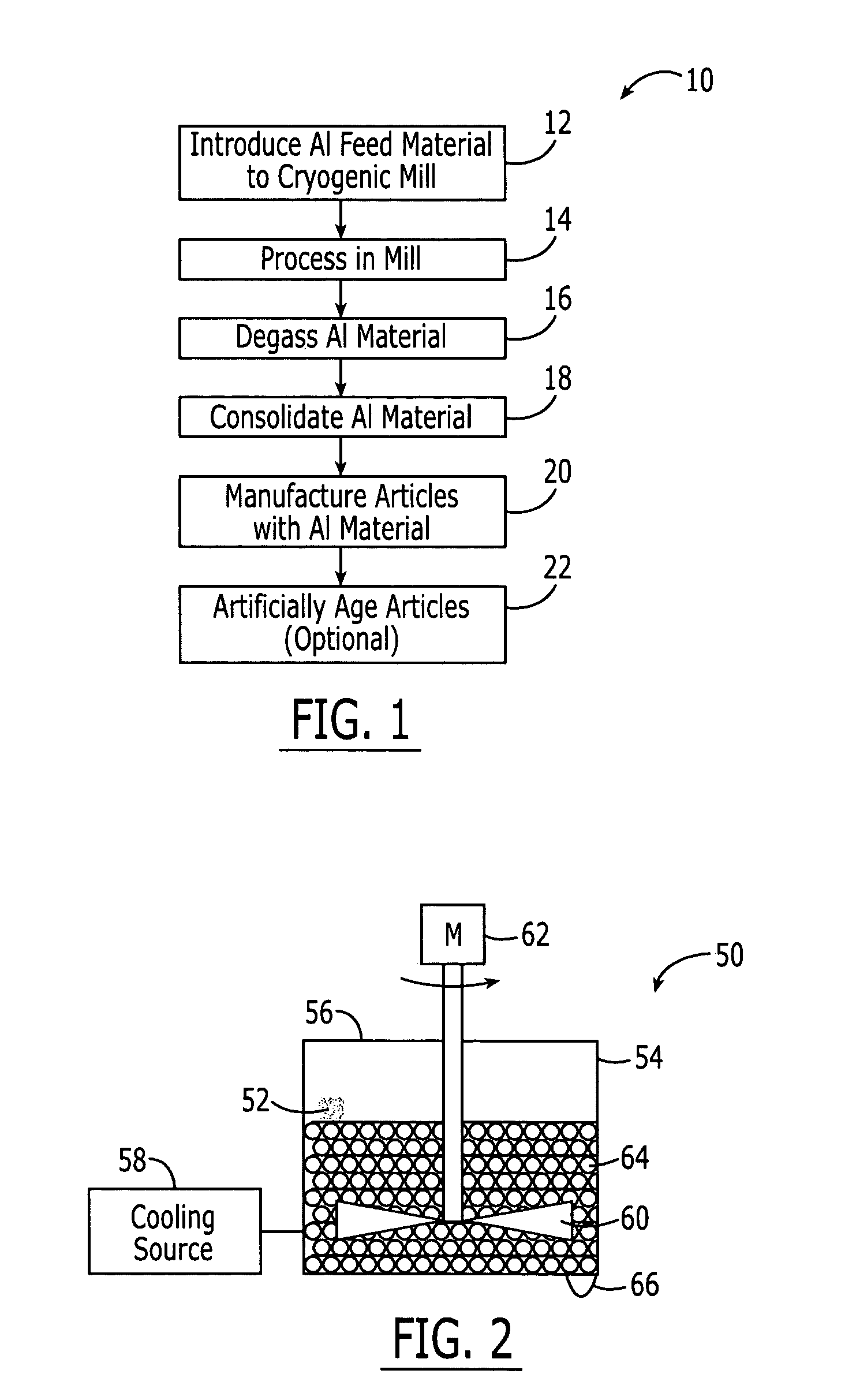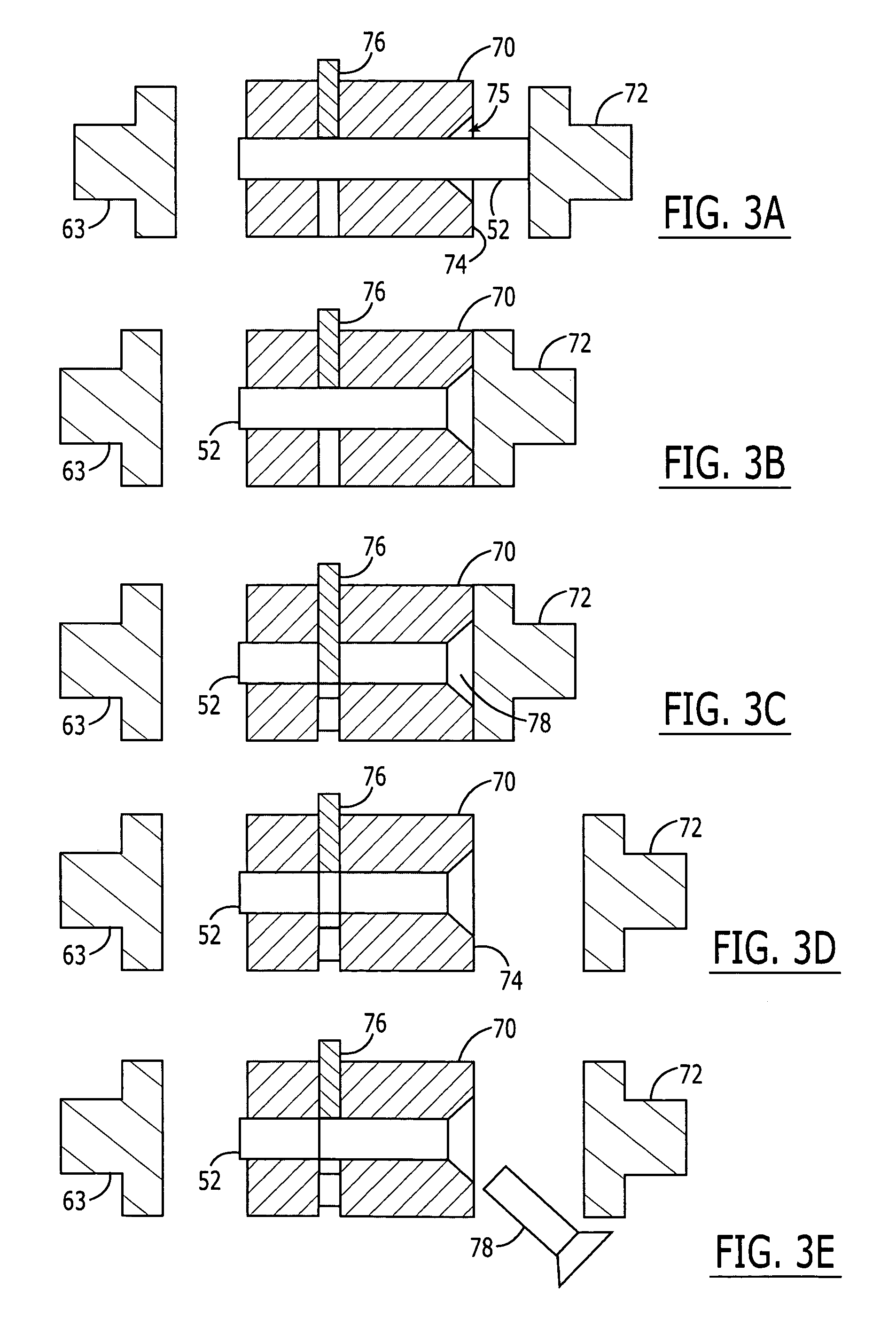Method for preparing pre-coated, ultra-fine, submicron grain high-temperature aluminum and aluminum-alloy components and components prepared thereby
a technology of aluminum alloy and high-temperature aluminum, which is applied in the direction of fastening means, bolts, synthetic resin layered products, etc., can solve the problems of slow installation procedure, achieve cost savings, improve the workmanship of fastener installation, and improve fatigue life and corrosion resistance
- Summary
- Abstract
- Description
- Claims
- Application Information
AI Technical Summary
Benefits of technology
Problems solved by technology
Method used
Image
Examples
Embodiment Construction
[0024]The present invention now will be described more fully hereinafter with reference to the accompanying drawings, in which preferred embodiments of the invention are shown. This invention may, however, be embodied in many different forms and should not be construed as limited to the embodiments set forth herein; rather, these embodiments are provided so that this disclosure will be thorough and complete, and will fully convey the scope of the invention to those skilled in the art. Like numbers refer to like elements throughout.
[0025]As used herein, the term “article” generally refers to a formed metallic object having no pre-coated organic layer, while the term “component” refers collectively to a formed metallic object or article and a pre-coated organic layer applied to the surface of the article. As used herein, “aluminum” refers generally to commercially pure aluminum and “aluminum-alloy” refers generally to alloy materials having more than 50 percent by weight aluminum but ...
PUM
| Property | Measurement | Unit |
|---|---|---|
| grain sizes | aaaaa | aaaaa |
| temperature | aaaaa | aaaaa |
| grain size | aaaaa | aaaaa |
Abstract
Description
Claims
Application Information
 Login to View More
Login to View More - R&D
- Intellectual Property
- Life Sciences
- Materials
- Tech Scout
- Unparalleled Data Quality
- Higher Quality Content
- 60% Fewer Hallucinations
Browse by: Latest US Patents, China's latest patents, Technical Efficacy Thesaurus, Application Domain, Technology Topic, Popular Technical Reports.
© 2025 PatSnap. All rights reserved.Legal|Privacy policy|Modern Slavery Act Transparency Statement|Sitemap|About US| Contact US: help@patsnap.com



